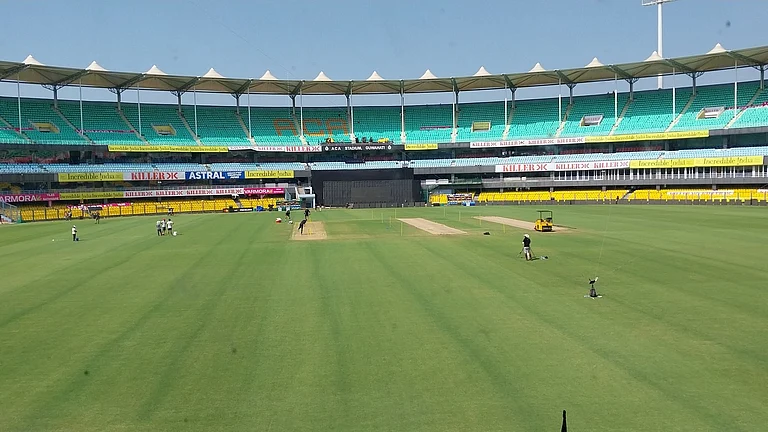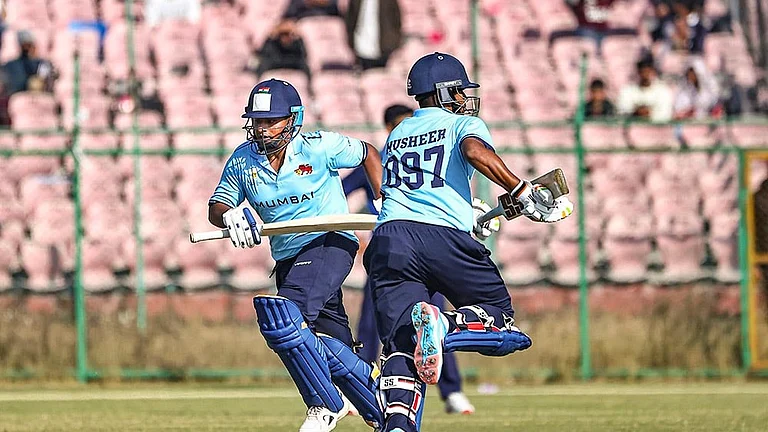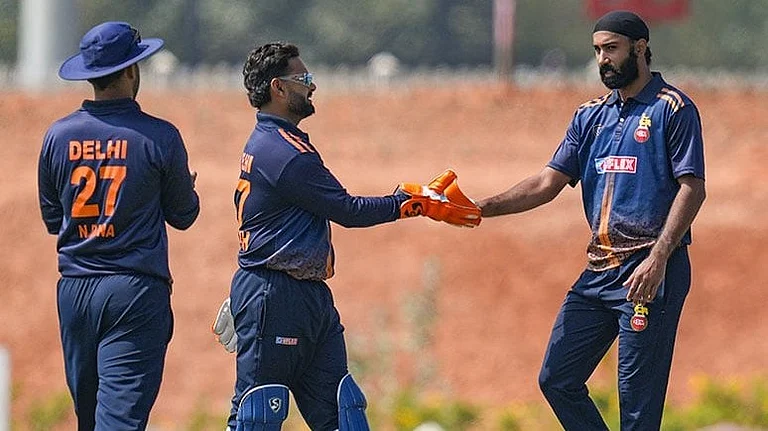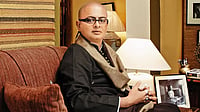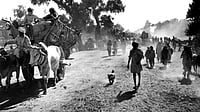The Mendicant Prince
Aruna Chakravarti
Picador India
Rs 599
At one point, Rituparno Ghosh was toying with the idea of making a film on the 2nd prince of Bhawal, Ramendranarayan. He told me to do some research on the subject and between the two of us we delved into imposters and doubles who seemed to have cropped up around Victorian times. The most famous was the Tichborne Claimant who materialised in England out of Australia, laying claim to a vast fortune. He was ultimately exposed as a fraud but inspired Conan Doyle and other writers of detective fiction.
The Bhawal Sanyasi case, on the other hand, had no such easy solution. And it appeared to be far more romantic.
Twelve years after the apparent death and cremation of the prince of Bhawal in Darjeeling, a dreadlocked sadhu appeared on the Bund in Dhaka, gazing fixedly across the river in the direction of the palace. People began to notice him and wonder openly if he might not be the prince resurrected. A film called Sanyasi Raja on the Bhawal mystery starring Uttam Kumar was a hit with matinee audiences. There were books on the subject too that went into detail on the differences between the kumar and the sanyasi which had been collated in great detail by the British who had taken the Bhawal lands into their keeping and were reluctant to hand it back to anyone materialising after 12 years of being presumed dead.
Aruna Chakravarti has chosen to write her exploration of the missing prince mainly from the point of view of the women in his life — his neglected wife Bibhavati, for one, who refused to support the sanyasi’s claim; his elder sister Indumayi who was convinced that he was indeed her brother; and his grandmother who was equally certain. The royal women were ranged on either side of the matter and they all had separate reasons for their points of view, including the youngest sister-in-law who had adopted a son and was hopeful that the boy would inherit the Bhawal throne if she sided with the British.
In between her forays into the royal andarmahal, Chakravarti cites various instances as to why the sanyasi was most certainly the Kumar of Bhawal, including a dramatic moment in the middle of a thunderstorm when he is recognised by his favourite elephant Phoolmala, who lifts him on its back and rises on its hind legs in a royal salute.
Chakravarti mingles fact and fiction to add richness to the narrative, creating the Rajbari atmosphere through the descriptions of clothing and surroundings, the way the young brides used to play with dolls, their silks and brocades and role in Rajbari politics. The one who stands out is the convent-educated Anglicized Bibhavati who seems to have a strange relationship with her brother and, who on the point of beginning to understand her faithless husband, loses him. Chakravarti hints that the beauteous Bibhavati is not comfortable with the situation but lacks the strength to take a stand — there is some kind of mystery surrounding the mejo kumar’s wife.
Against the background of a palace abandoned by the wives of the brothers the drama unfurls. It becomes a matter of colonial power-broking set against family politics of who stands to gain if the sanyasi is not the mejo kumar? The author is fairly certain where the truth of her narrative lies — with the sanyasi who, due to unusual circumstances, was not cremated even though he was pronounced dead. The orginal trial dragged out over the years and trailed from Dhaka to London to the highest courts of appeal with gains and losses turn and turn about.
Rituparno, in the end, gave up on his film simply because he felt that the ending could not be left uncertain — he would be forced to take a stand on identity. Chakravarti has no such hesitations sweeping over the differences of height, build, and earlobes that the British dug out, with the wife who rarely slept with her husband as their strongest witness. She tells the tale simply and with clarity without going into unnecessary depth — though she does detail Bhibhavati’s cross examination. Finally, the book builds up to the Plaintiff’s own testimony and the game of karma and kings plays out.







